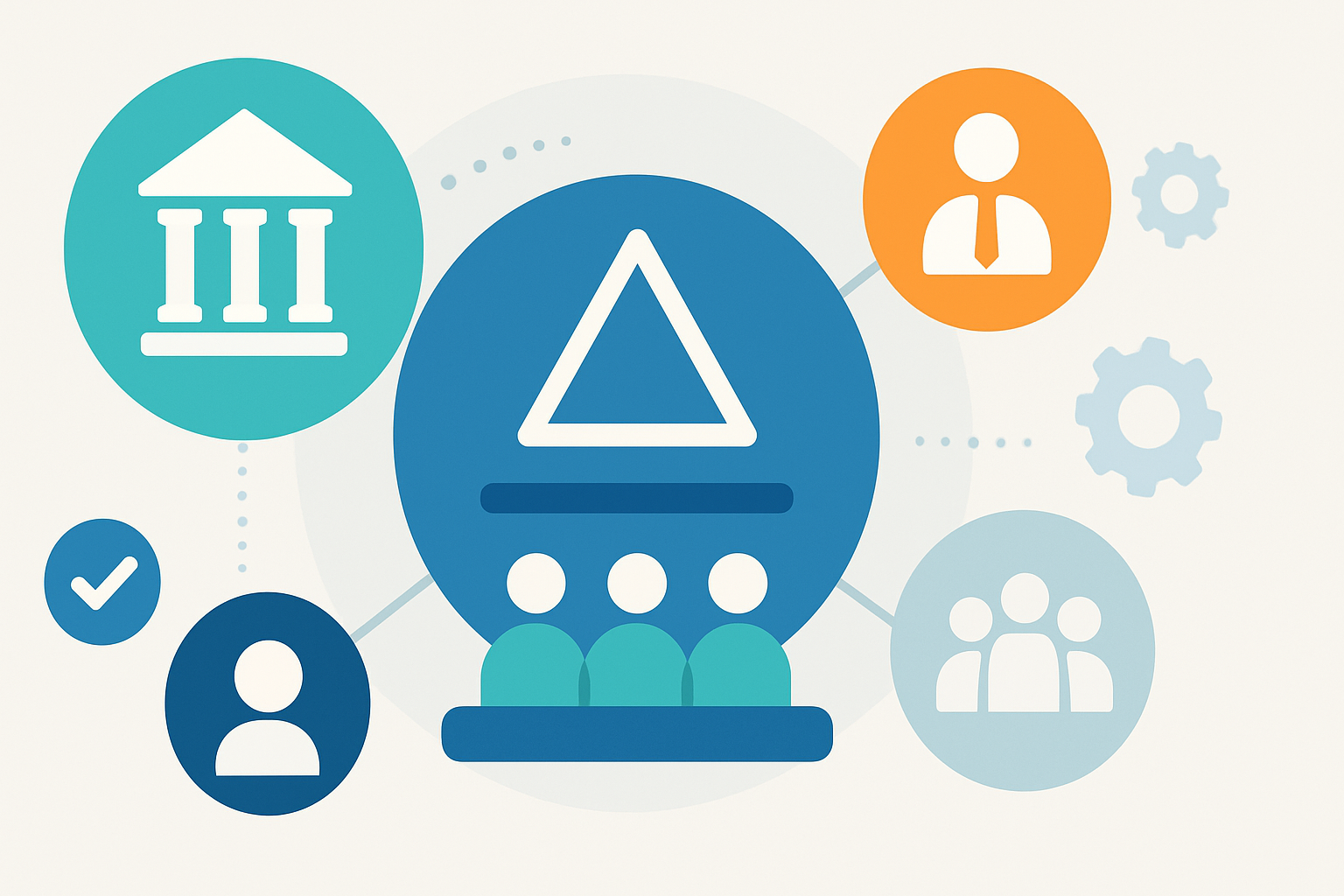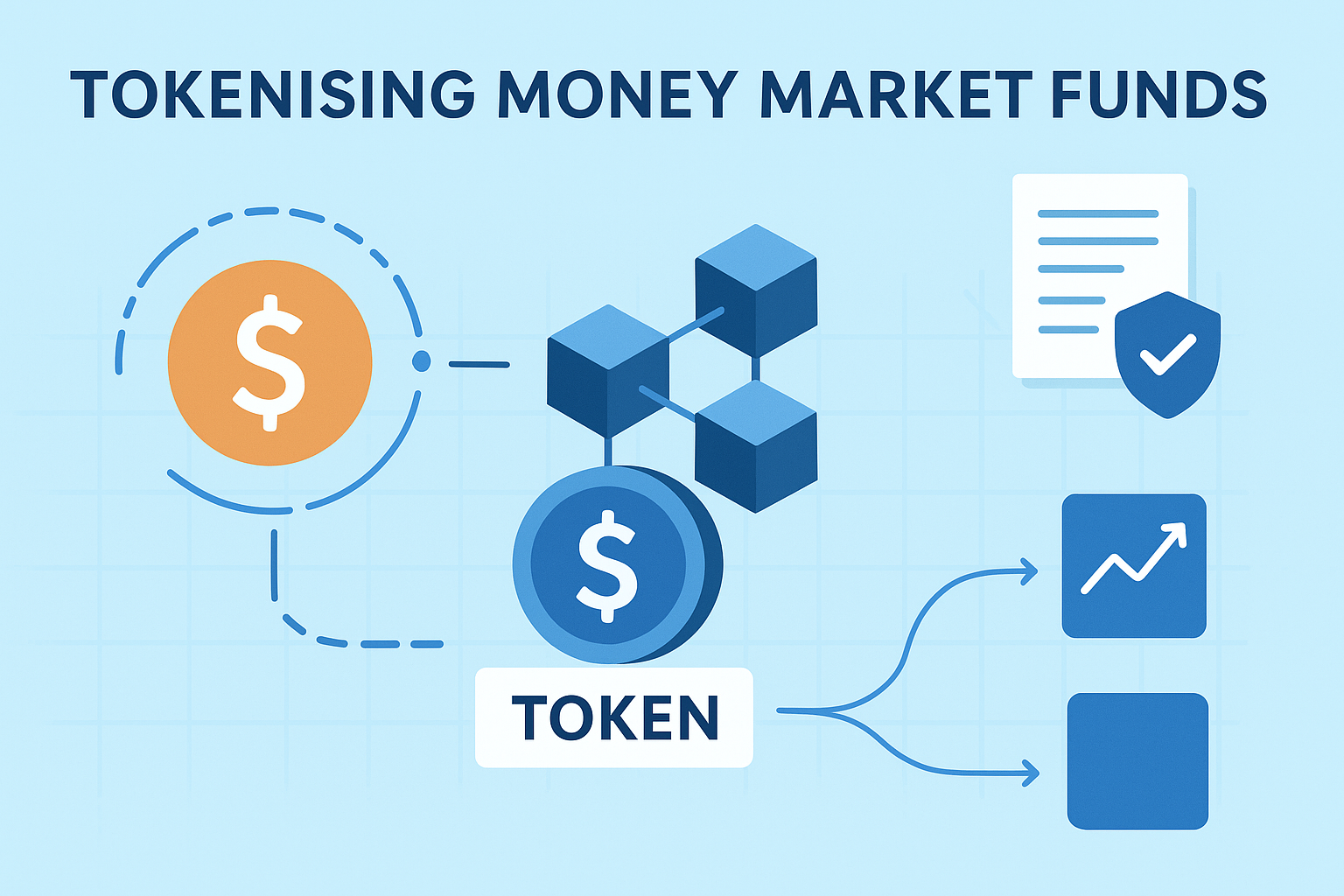Theories, Crises, and the Purpose of the Corporation

Corporate governance has evolved through decades of economic shifts, corporate failures, and intellectual debates about the purpose of the modern corporation. At its core, corporate governance concerns how companies are directed and controlled, and particularly how power is distributed and exercised among managers, owners, and stakeholders. The field draws on several theoretical perspectives, each illuminating different aspects of governance. Although these theories sometimes appear to conflict, they are better understood as complementary perspectives on the same fundamental challenge: ensuring that those who manage the corporation act in the best interests of the enterprise, its owners, and society.
Agency theory starts from the assumption that managers are self-interested agents and that shareholders, as principals, require mechanisms to ensure alignment. Monitoring, incentives, audits, and disclosure frameworks become essential tools to mitigate managerial opportunism. Stewardship theory challenges this view by suggesting that managers are intrinsically motivated professionals who aim to act as responsible stewards of corporate assets. This perspective emphasises trust, empowerment, and collaboration rather than control. Stakeholder theory expands the discussion further by asserting that the corporation has responsibilities not only to shareholders but to a broader set of stakeholders including employees, customers, suppliers, communities, regulators, and the environment. Governance, in this view, is about balancing diverse interests rather than maximising shareholder value alone.
Despite their differences, these theories are not mutually exclusive. In practice, modern governance frameworks blend monitoring and trust, performance and purpose, compliance and culture. Boards frequently adopt both agency-based mechanisms for oversight and stewardship-oriented approaches to leadership development, while also recognising that long-term shareholder value is inseparable from stakeholder well-being. These theories function as complementary lenses for understanding the complex realities of governance in contemporary corporations.
Major developments in corporate governance have typically emerged as responses to crises. The Cadbury Report followed high-profile corporate failures in the UK, the OECD Principles were shaped by the Asian financial crisis, and the Sarbanes–Oxley Act was born directly from the collapses of Enron and WorldCom. Crisis exposes weaknesses in board oversight, risk management, audit practices, and organisational culture, prompting regulators and business leaders to formalise lessons learned into governance codes and best practices. This reactive model has strengths, as crises generate urgency and political will that enable reforms which may otherwise face resistance or inertia. They also provide real-world evidence of where governance systems have failed.
However, crisis-driven governance reform has drawbacks. It is inherently backward-looking, addressing the last failure rather than the next. It risks creating overly prescriptive, compliance-heavy frameworks that encourage box-ticking rather than thoughtful engagement with governance principles. Reliance on conventional wisdom may overlook insights from behavioural science, complexity theory, or systemic risk analysis. True governance effectiveness requires a proactive approach that integrates empirical research, anticipatory risk assessment, and cultural transformation rather than merely codifying historical lessons.
The question of who corporations ultimately exist to serve remains central in governance debates. Roberto Goizuetta, former CEO of Coca-Cola, argued that the primary calling of a company is to create value for its owners and warned that companies lose their way when they try to be all things to all people. There is validity in his concern. Shareholders are residual claimants who bear the greatest financial risk, and a clear focus on value creation prevents managerial drift and mission dilution. Many corporate failures have been attributed to a lack of strategic clarity or an overextension into unrelated objectives.
Yet modern governance acknowledges that shareholder value cannot be divorced from the interests of employees, customers, communities, and the environment. Long-term value creation requires sustainable supply chains, engaged workforces, regulatory trust, technological resilience, and environmental responsibility. Excessive short-termism in the name of shareholder primacy has historically contributed to poor corporate behaviour and systemic financial instability. Companies that consider stakeholder interests are not necessarily attempting to “serve many masters” but rather to build the conditions for durable value creation.
The most balanced view recognises that while the corporation must remain disciplined in its fundamental mission to create value, this mission is best achieved through responsible engagement with its broader stakeholder network. Corporate governance today is therefore an exercise in integration: aligning performance with purpose, profit with sustainability, and accountability with societal expectations. The strongest companies are those that create value for shareholders by creating value for the ecosystem around them.
Reflecting on the full scope of corporate governance, it becomes evident that while the traditional framework covers many critical elements, it can be expanded. Modern governance should integrate behavioural science, sustainability metrics, AI ethics, organisational psychology, stakeholder co-creation, and digital governance. These areas increasingly influence both risk and long-term value creation. A more holistic governance model would help organisations respond to emerging challenges such as climate change, cyber threats, workforce transformation, and societal expectations regarding fairness, purpose, and responsibility.
Corporate governance remains a living discipline. As organisations evolve, so must the frameworks that guide their integrity and accountability. Governance is not only about rules and oversight—it is about shaping responsible organisations that can thrive, innovate, and contribute positively to society.



